Physical Address
304 North Cardinal St.
Dorchester Center, MA 02124
Physical Address
304 North Cardinal St.
Dorchester Center, MA 02124
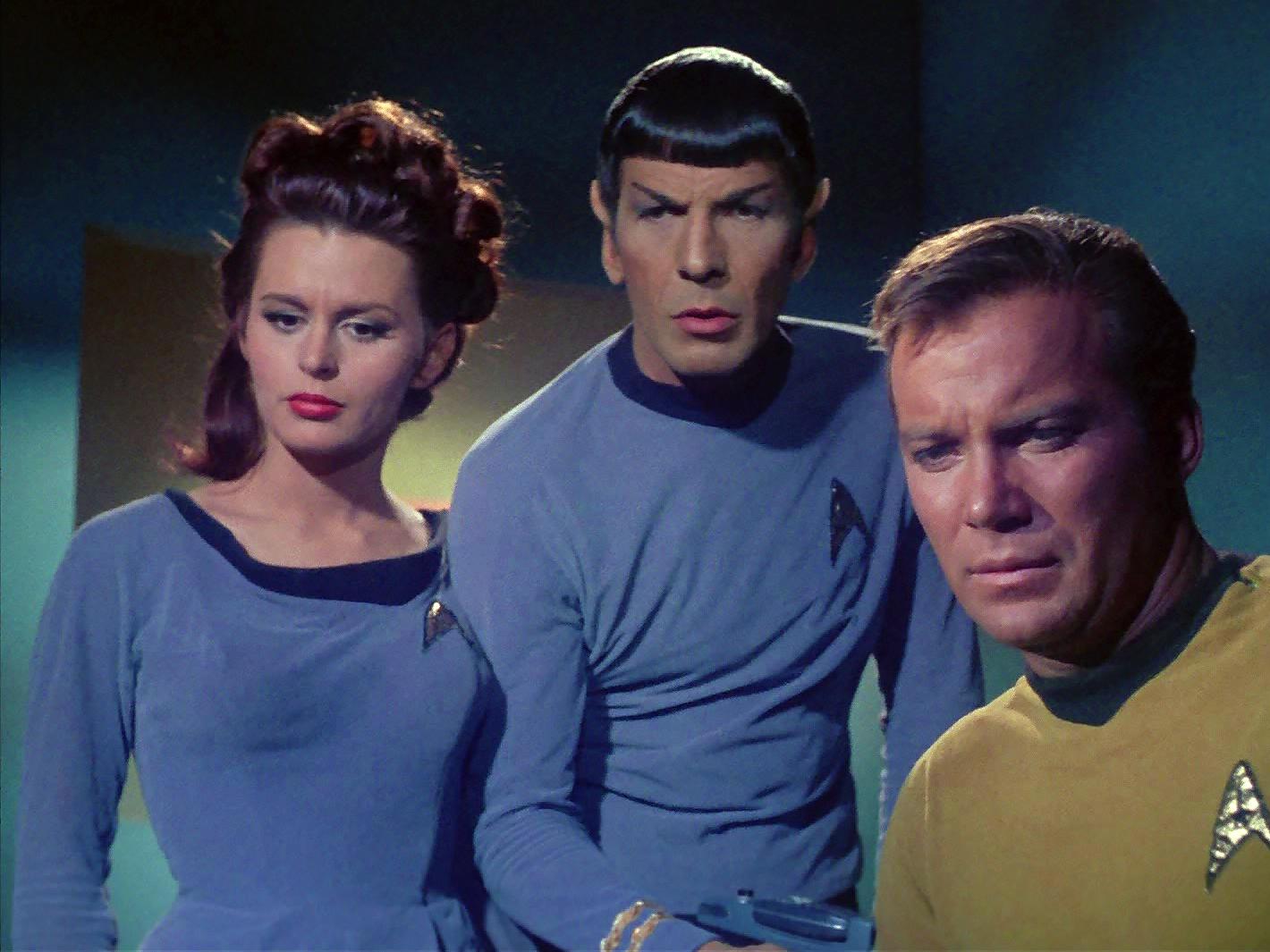
“Dagger of the Mind” stands out as one of the most memorable episodes from the first season of Star Trek: The Original Series. This intriguing installment brings together a talented cast, including guest star Marianna Hill, to explore themes of mind control and morality aboard the USS Enterprise. As episode nine of the first season, “Dagger of the Mind” delves into psychological drama and suspense, reflecting the show’s ability to blend science fiction with classic literature, notably referencing Shakespeare’s Macbeth. Interestingly, the phrase reemerges in other popular works, such as Columbo, further proving its cultural significance. This article explores the cast, connections, and enduring legacy of this iconic episode.
“Dagger of the Mind” is a memorable episode from the first season of Star Trek: The Original Series that explores dark themes of mind control and abuse of power. The story follows the Enterprise crew as they visit a penal colony on Tantalus V, where Dr. Adams, the facility’s director, uses a sinister device called the neural neutralizer. This machine empties a person’s mind, leaving them vulnerable to suggestion and loneliness, which Adams exploits to control both inmates and staff.
The episode is notable for introducing the Vulcan mind meld, a psychic technique Spock uses to communicate with a disturbed escapee, revealing the horrors happening on the planet. Captain Kirk even tests the neural neutralizer on himself, only to be manipulated into believing he’s been in love with Dr. Noel, one of the doctors, highlighting the device’s terrifying power.
Though not as iconic as some other episodes, “Dagger of the Mind” stands out for its thoughtful critique of unethical psychiatric practices and the abuse of authority, wrapped in a tense, psychological thriller. The performances, especially by Morgan Woodward as the tormented van Gelder, add a gripping intensity that makes this episode a compelling watch.
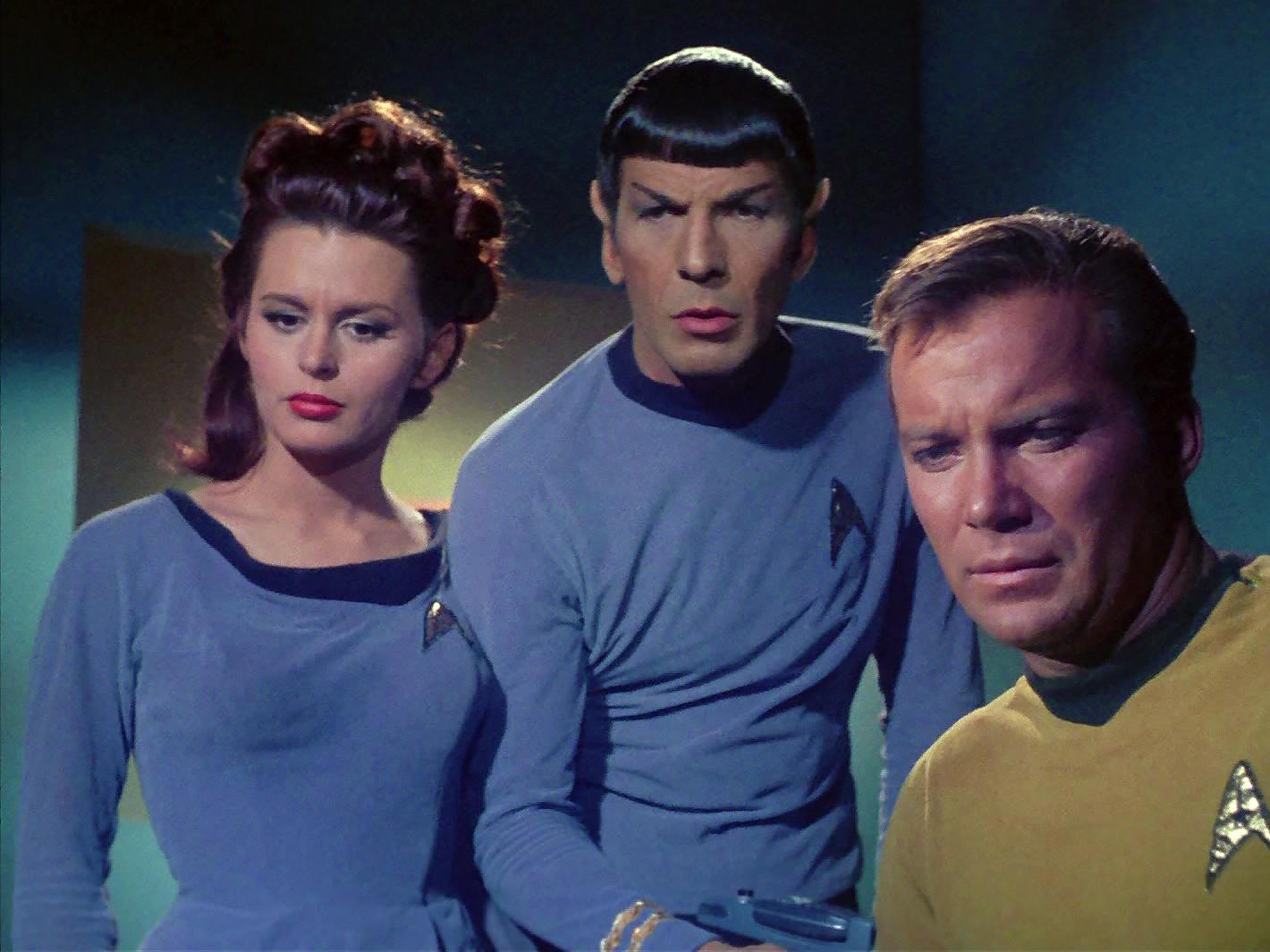
The cast of Star Trek: The Original Series episode “Dagger of the Mind” features some of the most iconic actors from the franchise. William Shatner stars as Captain James T. Kirk, leading the investigation into a disturbing mental health facility. Leonard Nimoy plays the ever-logical Mr. Spock, while DeForest Kelley appears as the ship’s doctor, Leonard “Bones” McCoy. James Gregory portrays Dr. Tristan Adams, the head of the experimental facility, whose controversial methods are central to the plot. Morgan Woodward delivers a memorable performance as Dr. Simon van Gelder, a patient whose behavior triggers the Enterprise crew’s suspicions. Marianna Hill plays Helen Noel, a psychiatrist who assists Kirk, and Nichelle Nichols appears as Lieutenant Uhura, contributing to the ship’s communications team.
The episode also includes several supporting and uncredited roles, such as Susanne Wasson as Lethe and Ed McCready as an inmate, adding depth to the story’s exploration of mental illness and ethics. The cast’s strong performances bring to life a tense and thought-provoking episode that delves into the consequences of experimental treatments and the nature of sanity.
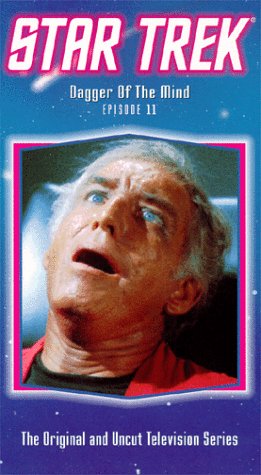
Marianna Hill, born on February 9, 1942, in Santa Barbara, California, is a versatile character actress known for her exotic looks and ability to master various accents. Growing up, her family moved frequently across places like Canada, Spain, and Great Britain, which helped her develop a talent for different dialects, from French to German. She began acting as a teenager, training at the La Jolla Playhouse and the Neighborhood Playhouse in New York City. Her diverse heritage and appearance allowed her to play a wide range of roles, including Hawaiian, Irish, and Greek characters.
Beyond acting, Marianna also shared her expertise as an acting coach at the Lee Strasberg Institute in London. She recalls her early career with humility, mentioning how she worked hard to improve skills like singing and dancing, especially when cast alongside stars like Elvis Presley. Known for her understated style and natural beauty, Marianna values authenticity and discipline in her craft and life. Her thoughtful approach to individuality and performance has made her a memorable presence in classic Hollywood.
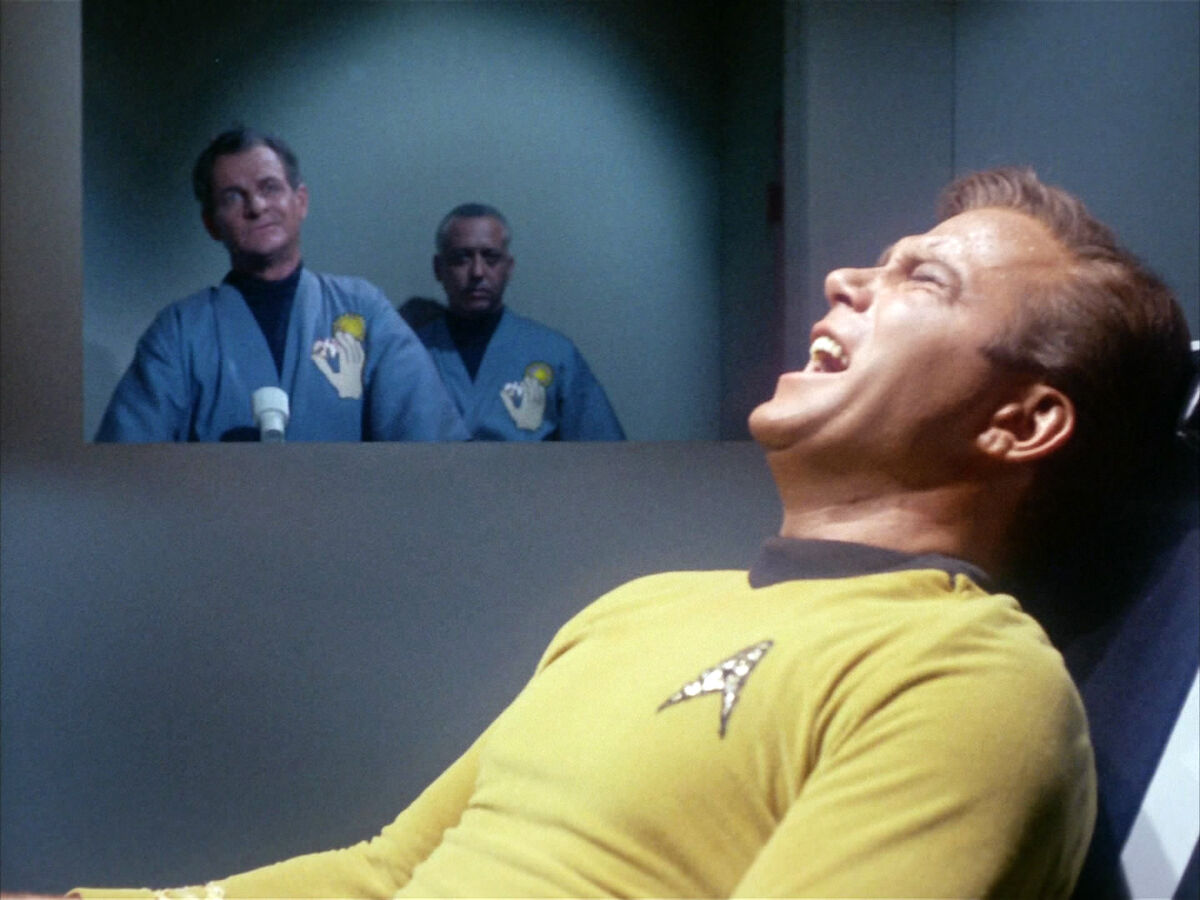
The Star Trek episode “Dagger of the Mind” is a gripping story about the dangers of mind control and unethical experimentation. The Enterprise crew visits a rehabilitation facility for the criminally insane on the planet Tantalus V, where Dr. Adams, the facility’s director, uses a device called the neural neutralizer to erase inmates’ thoughts, leaving them in a state of unbearable loneliness. When Dr. Simon van Gelder, an associate of Adams, escapes and beams aboard the Enterprise, he warns Captain Kirk and the crew about the sinister use of the device. Spock performs the first-ever Vulcan mind meld with van Gelder to uncover the truth.
The episode explores themes of mental health, control, and the abuse of power, with Kirk himself subjected to the neural neutralizer, leading to implanted false memories. Dr. Noël, a strong female character, plays a key role in sabotaging the facility’s power and helping Kirk fight back. The story ends with poetic justice as the neural neutralizer empties Adams’ mind, killing him. Though not the most iconic Star Trek episode, it’s well-written, thought-provoking, and features solid performances, making it a memorable part of the original series.
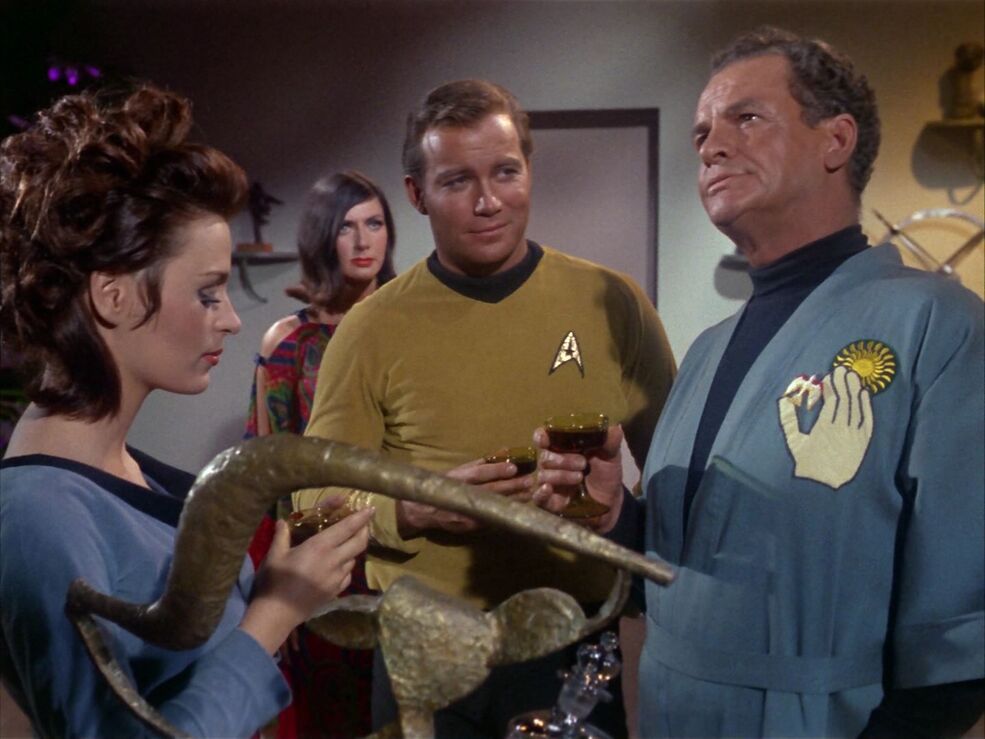
Star Trek Season 1, which aired from 1966 to 1967, introduced viewers to the adventurous crew of the U.S.S. Enterprise on their five-year mission to explore strange new worlds and new civilizations. The season found its footing after a couple of pilots, settling into a rhythm where Captain Kirk, Spock, and the rest of the crew encountered a fascinating mix of alien species, powerful beings, and unusual phenomena. Episodes ranged from tense battles, like Kirk’s memorable duel with the reptilian Gorn, to thought-provoking first contacts with mysterious races such as the Metrons and the Organians.
The show balanced thrilling sci-fi action with deeper themes, often reflecting on human nature and cultural norms through its portrayal of alien societies. This blend of adventure, moral questions, and imaginative technology like tricorders and hypo-sprays helped Star Trek stand out as more than just entertainment—it invited viewers to think about diversity, ethics, and coexistence. With 30 episodes full of exploration, danger, and discovery, Season 1 laid the foundation for what would become a beloved and enduring sci-fi franchise.
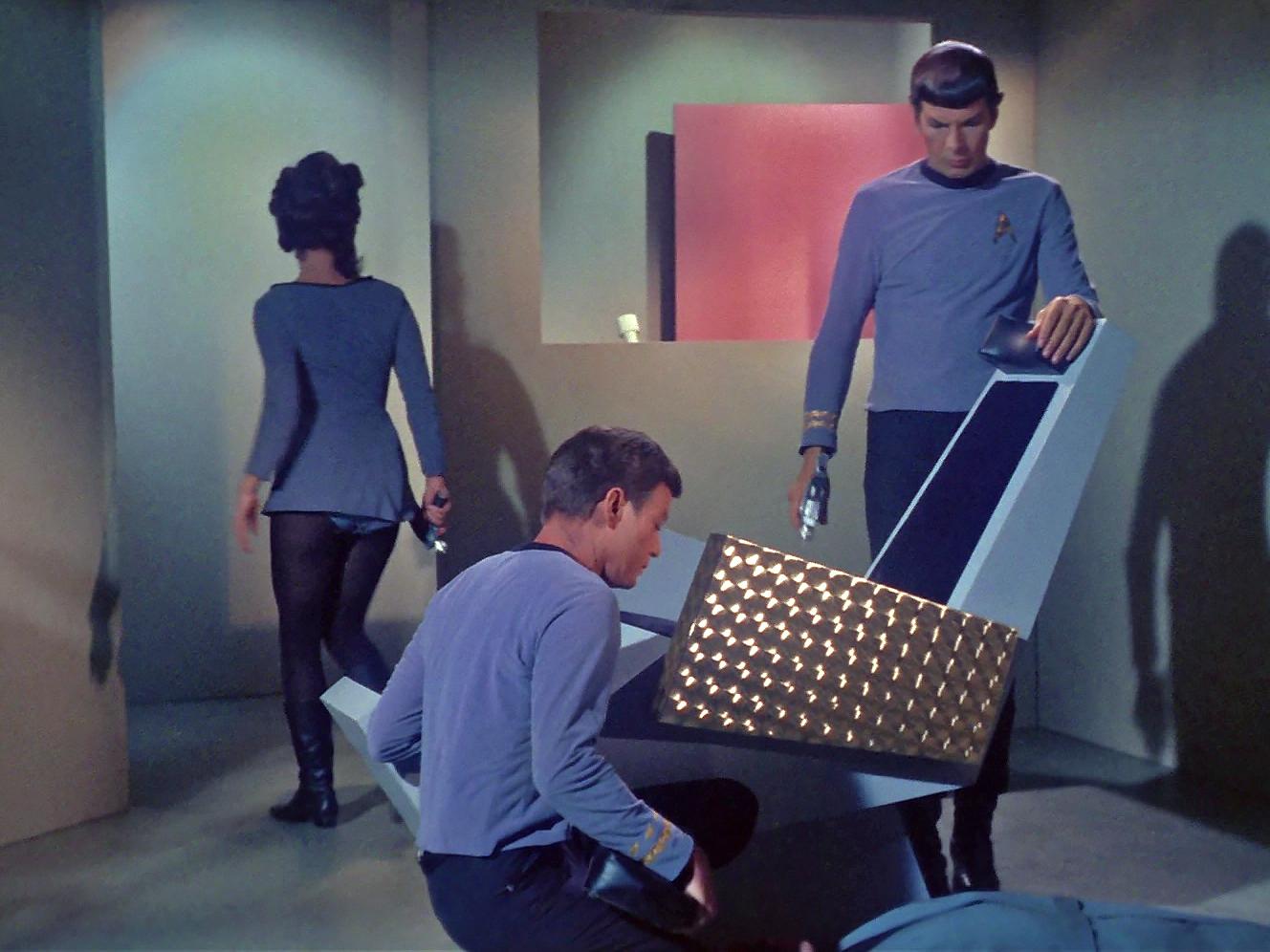
The phrase “Dagger of the Mind” is rich with symbolic meaning, especially in literature like Shakespeare’s Macbeth. It represents the intense internal conflict between ambition and guilt. The “dagger” is not a physical weapon but a vivid hallucination that Macbeth sees before he murders King Duncan. This vision symbolizes his overwhelming desire for power, which tempts him toward a dark deed. At the same time, it embodies the guilt and psychological torment that haunt him, reflecting his troubled conscience and foreshadowing the mental unraveling that follows the crime.
Beyond Shakespeare, the phrase has been used in other contexts, such as the Star Trek episode titled “Dagger of the Mind,” where it explores mental illness and the ethical dilemmas of controlling or altering the mind. Here, the “dagger” metaphorically points to the dangers of manipulating the human psyche, raising questions about how far one should go to change a person’s mind or behavior.
In both uses, the “Dagger of the Mind” is a powerful image of inner struggle, whether it’s ambition battling guilt or the ethical boundaries of mental control. It reminds us how the mind can be both a battlefield and a place of vulnerability.
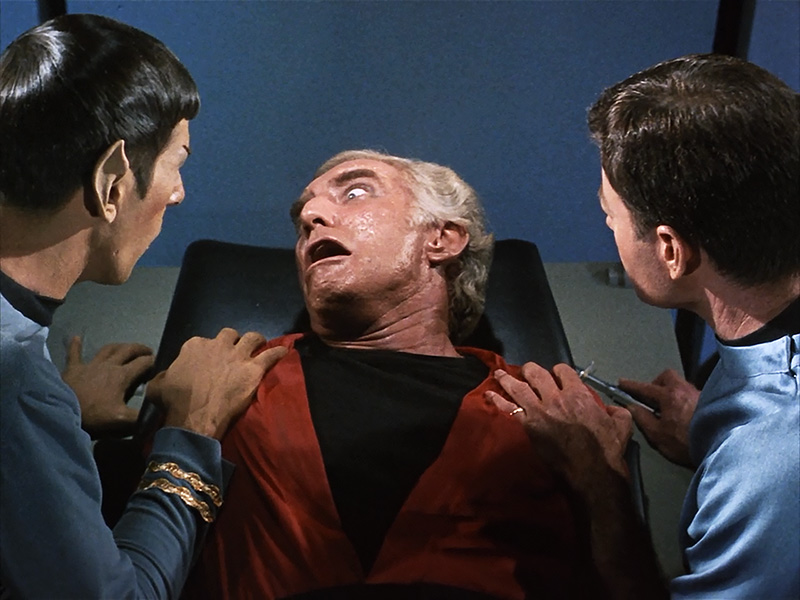
In Macbeth, the famous “dagger of the mind” soliloquy captures Macbeth’s intense inner turmoil just before he murders King Duncan. He hallucinates a dagger pointing him toward Duncan’s chamber, a symbol of his ambition, guilt, and wavering resolve. Macbeth questions whether the dagger is real or a “false creation” of his fevered brain, revealing his growing madness and moral conflict. This vision reflects his struggle between his desire for power and the horror of the violent act he’s about to commit. As the dagger appears bloodied, it foreshadows the bloody consequences of his choice and the guilt that will haunt him. The hallucination also shows how Macbeth’s mind is poisoned by fear and ambition, pushing him toward a tragic downfall. This moment is crucial because it marks the point where Macbeth crosses from hesitation into action, driven by both his own dark desires and external pressures like Lady Macbeth’s urging. The “dagger of the mind” perfectly symbolizes the psychological battle raging within Macbeth, making it one of Shakespeare’s most powerful explorations of conscience and madness.
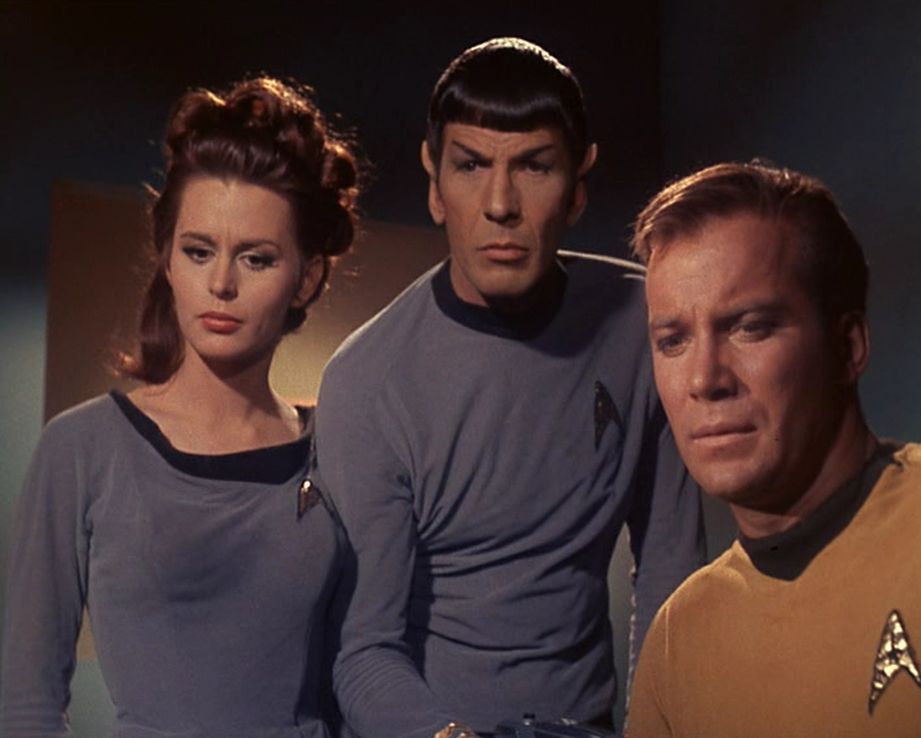
The Columbo episode “Dagger of the Mind,” which aired on November 26, 1972, is a fascinating installment set in London. It features Lieutenant Columbo investigating a murder that initially appears accidental but gradually reveals deeper layers of deception. The story revolves around a character named Sir Roger Haversham, who is killed accidentally by Lillian Stanhope during a heated moment. To cover up the crime, they hide the body temporarily and stage it to look like an accident at the foot of the stairs.
What makes this episode particularly charming is how it showcases Columbo’s trademark mix of shrewdness and subtle humor. The scenes of Columbo sightseeing around London, especially in the rain, add a delightful touch, showing Peter Falk’s playful side as he snaps photos to share with his wife. The episode also pays homage to classic British-style mysteries, reflecting the influence of writers like John Dickson Carr and Ellery Queen on the show’s creators. Unlike typical hardboiled detectives, Columbo is gentle, gunless, and surrounded by elegant settings, which makes the episode feel like a cozy, clever puzzle rather than a gritty thriller. Overall, “Dagger of the Mind” is a well-crafted mystery with a unique atmosphere and some memorable moments.
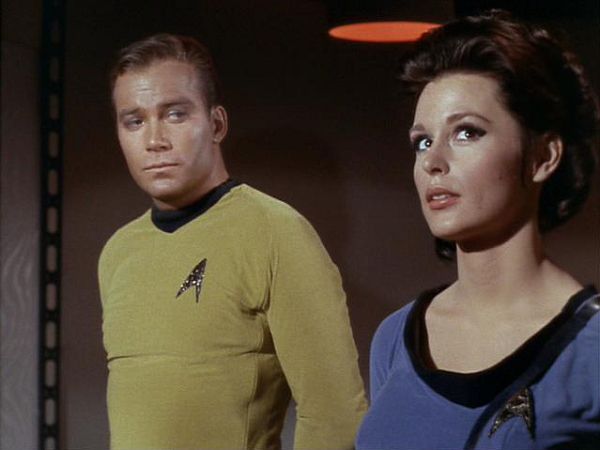
The Columbo episode “Dagger of the Mind” is a fascinating blend of real London and Southern California locations that create the illusion of a classic British mystery. Many iconic London landmarks appear, such as Tower Bridge, the Tower of London, and the Royal College of Music in South Kensington. These shots immerse viewers in the atmosphere of old England, complete with panoramic views of the Thames and scenes evoking Sherlock Holmes-style intrigue.
However, much of the episode’s mansion scenes were actually filmed at Greystone Mansion in Beverly Hills, California. This grand estate doubled as the English country manor, cleverly standing in for London’s stately homes despite being thousands of miles away. The mix of on-location London footage and California sets showcases the production’s skill in blending two worlds to tell a quintessentially British mystery story with Columbo’s American charm.
The episode also features quintessential British elements like a traditional pub, a butler, and even the Changing of the Guard at Buckingham Palace, all adding to the authentic feel. It’s a delightful homage to classic British detective fiction, brought to life through a clever combination of real and recreated locations.
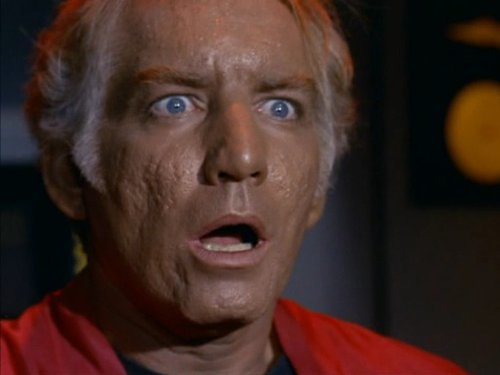
A menagerie is essentially a collection or place where wild or exotic animals are kept and often trained for public exhibition. Think of it as an early form of a zoo, but with a focus more on showcasing unusual creatures rather than conservation or education. Historically, menageries were popular among aristocrats and monarchs who used them as symbols of wealth and power, proudly displaying rare animals from distant lands. The word itself comes from the French “ménagerie,” originally meaning the management of a household, which evolved to mean a place where animals were cared for and exhibited.
Unlike modern zoos, menageries were less about animal welfare and more about human curiosity and fascination with the wild and foreign. Today, the term can also describe any varied mixture, not just animals—for example, a “menagerie” of objects or people. But at its core, a menagerie captures the idea of a diverse, often exotic collection that sparks wonder and imagination, reflecting our long-standing desire to connect with the natural world in all its variety. It’s a word that carries both history and a sense of adventure.
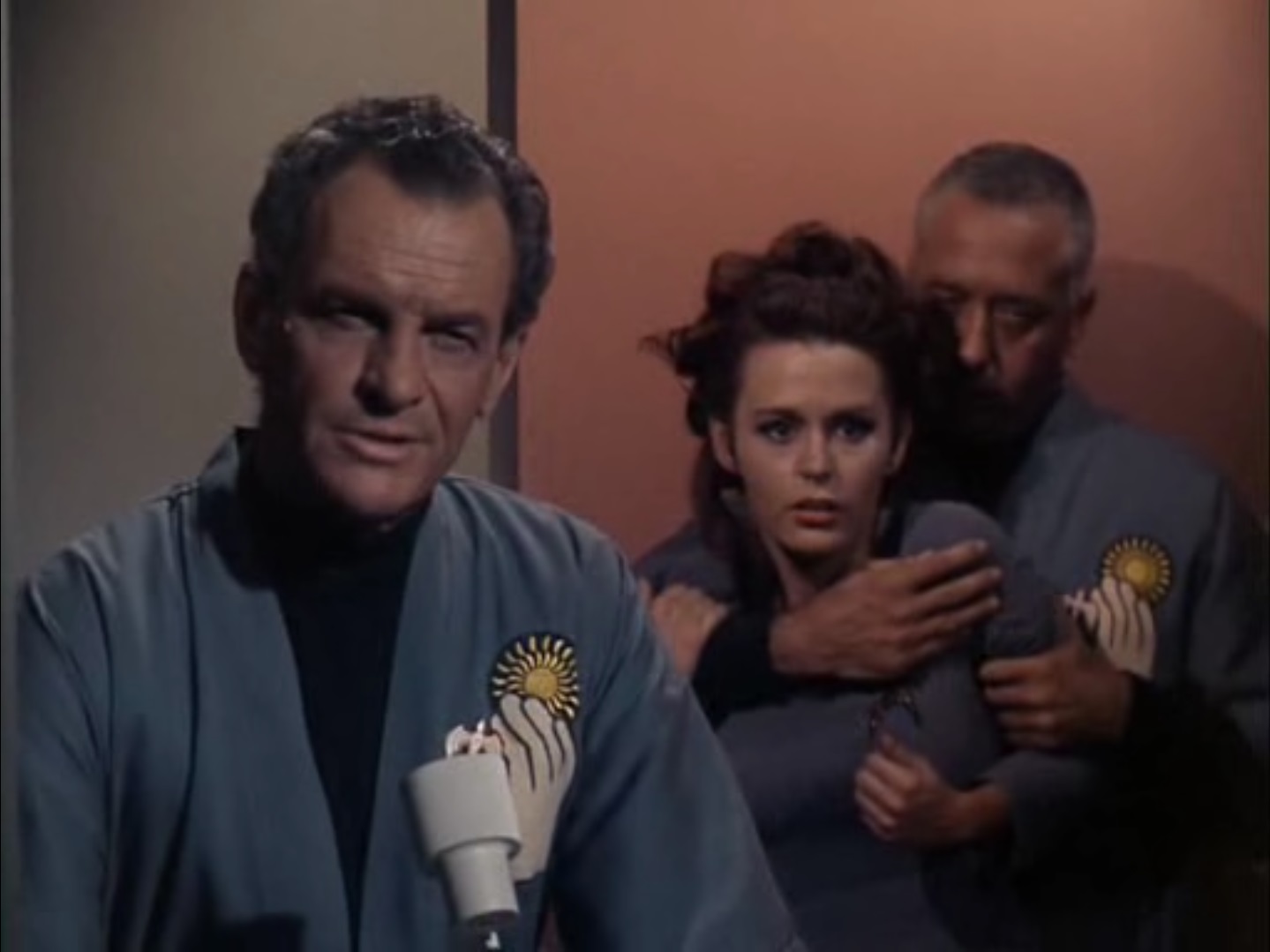
Episode 9 of Star Trek: The Original Series, titled “Miri,” features a memorable cast led by Kim Darby as Miri, a young girl who is one of the few survivors on a planet that is an exact duplicate of Earth but inhabited only by children. William Shatner stars as Captain James T. Kirk, Leonard Nimoy as Mr. Spock, and DeForest Kelley as Dr. McCoy, who races against time to find a cure for a deadly virus affecting the crew and the planet’s children. Michael J. Pollard plays Jahn, the older boy leader of the children, adding tension to the story as he initially distrusts the Enterprise crew. Grace Lee Whitney appears as Yeoman Janice Rand, and several other supporting and uncredited actors round out the cast, including young extras who portray the children struggling to survive in this eerie, post-apocalyptic setting.
The episode stands out for its gripping portrayal of childhood innocence and fear, with Kim Darby’s performance as Miri being particularly praised for its emotional depth. The story uses the sci-fi premise to explore themes of puberty and survival, making it a compelling and thought-provoking installment in the series.
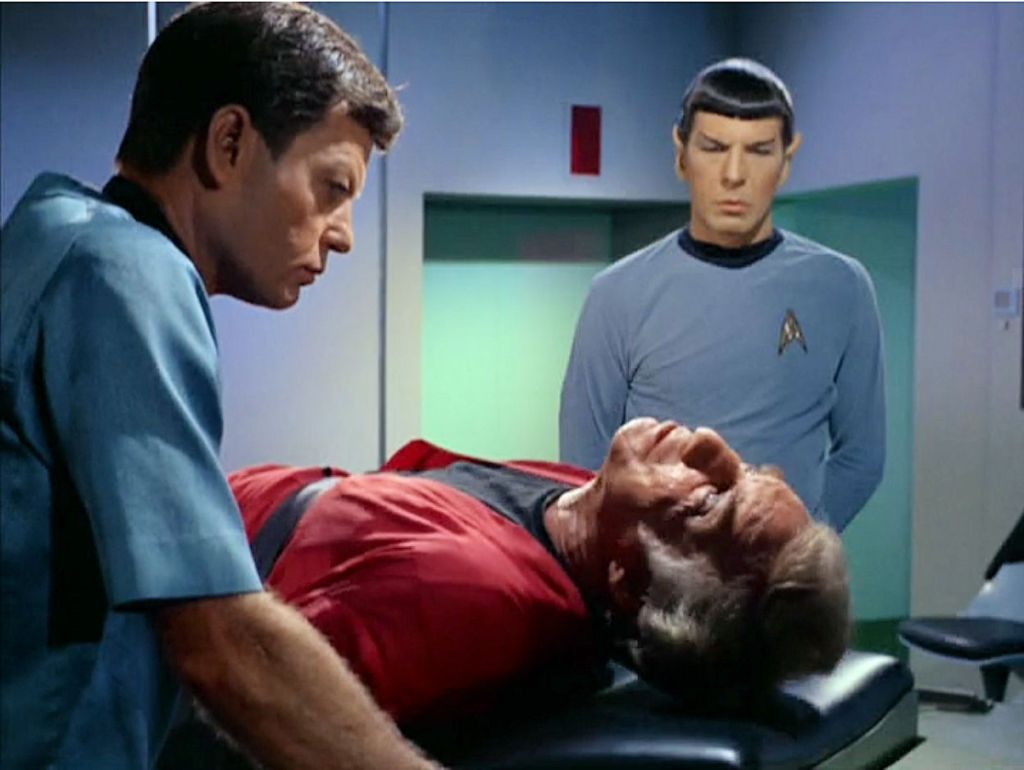
In conclusion, “Dagger of the Mind” stands out as a profound episode in the Star Trek canon, grappling with themes of mental autonomy, ethical dilemmas in psychiatry, and the consequences of unchecked authority. Through the innovative use of the neural neutralizer and the harrowing experiences of its characters, the episode prompts viewers to reflect on the nature of consciousness and the moral responsibilities of those who wield power over the mind. As the crew of the USS Enterprise confronts these troubling issues, “Dagger of the Mind” not only entertains but also challenges us to consider the deeper implications of technology and integrity in our own society.